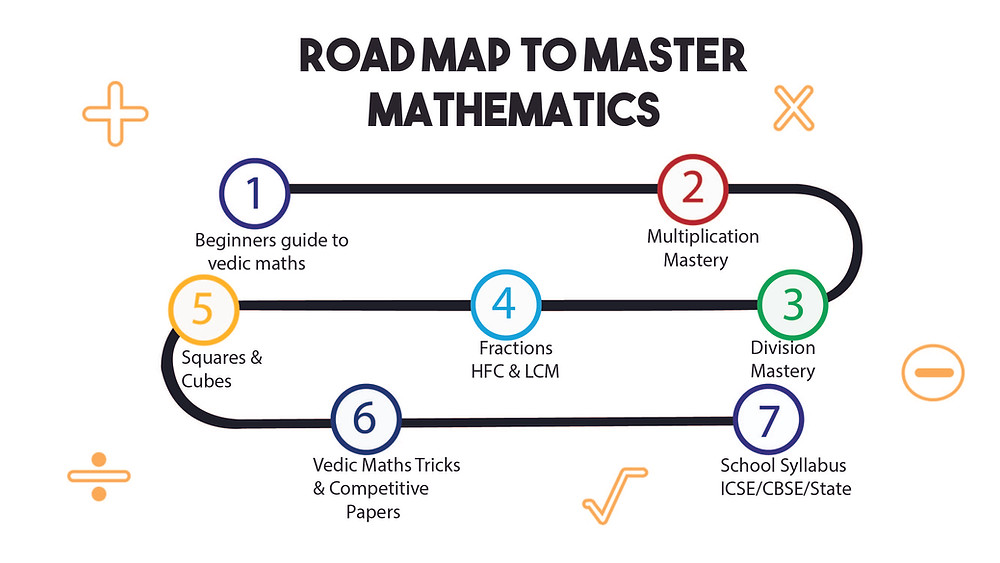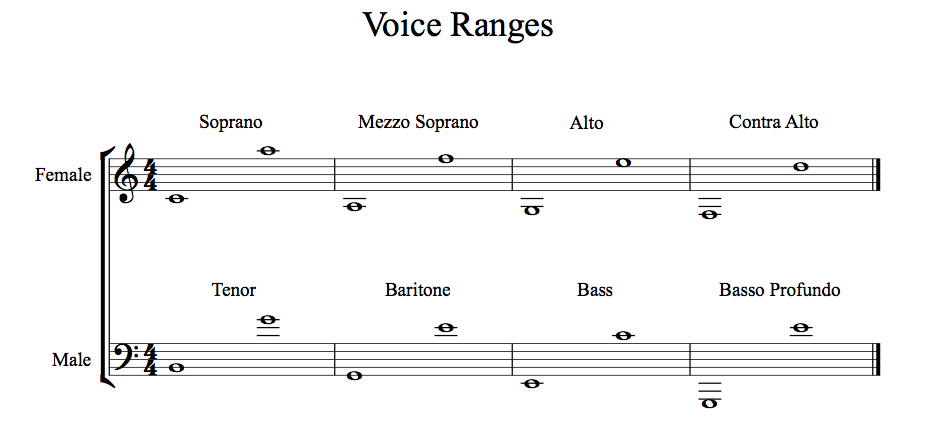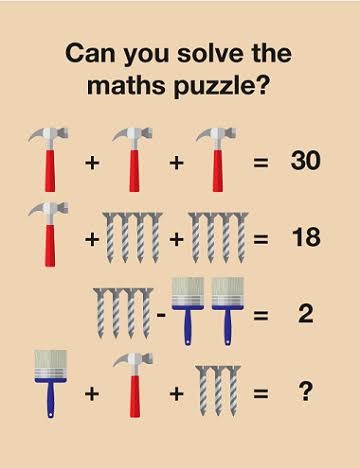Focus Of Vedic Math:
Vedic Mathematics is a collection of ancient tricks and techniques to execute arithmetic operations quickly and more efficiently. Vedic Math comes from the Vedas, more specifically the Atharva Veda. It was revived by Indian mathematician Jagadguru Shri Bharati Krishna Tirthaji between 1911 and 1918. He then published this work in a book called Vedic Mathematics in 1965. It comprises 16 sutras (formulae) and 13 sub sutras. Vedic Math is an ancient technique that simplifies multiplication, divisibility, complex numbers, squaring, cubing, square roots, cube roots, recurring decimals, and auxiliary fractions.

Why One Should Know Vedic Math?
- *Makes elementary calculation 10-15 times faster
- *Helps in accurate guessing
- *Useful for all classes
- *Reduces burden (need to learn tables up to 9 only)
- *A magical tool to reduce finger counting and rough work
- *Increases concentration
- *Helps in reducing silly mistakes
- Vedic maths provides answers in one line, as opposed to the several steps of traditional mathematics. There are six Vedanganas. The Jyotish Shastra is one of the six. Vedic Math forms part of this Jyotish Shastra. Vedic maths consists of 3 segments or ‘skandas’ (branches). The beauty of Vedic Math lies in its simplicity; all calculations can be done on pen and paper. The approach to solve problems stimulates and sharpens the mind, memory, and focus. It improves creativity and promotes innovation.

Vedic Math In Modern times
The portrayal of distinct brain zones engaged in highly active activity dealing with mathematics is at the heart of a growing neuroscientific knowledge of the mathematical functioning of human brains As a result, the presence of mind and the capture of thoughts while presenting the problem are just as important as the solution to the problem.
Vedic mathematics aids in mental computations that are both faster and more accurate. This combines 16 Sutras and 13 up Sutras. Mental calculations are beneficial to answer any complex equation in addition, division, multiplication, algebra, trigonometry, square, square root, cube, and cube root. And this is an ever-changing epoch in the human history.













